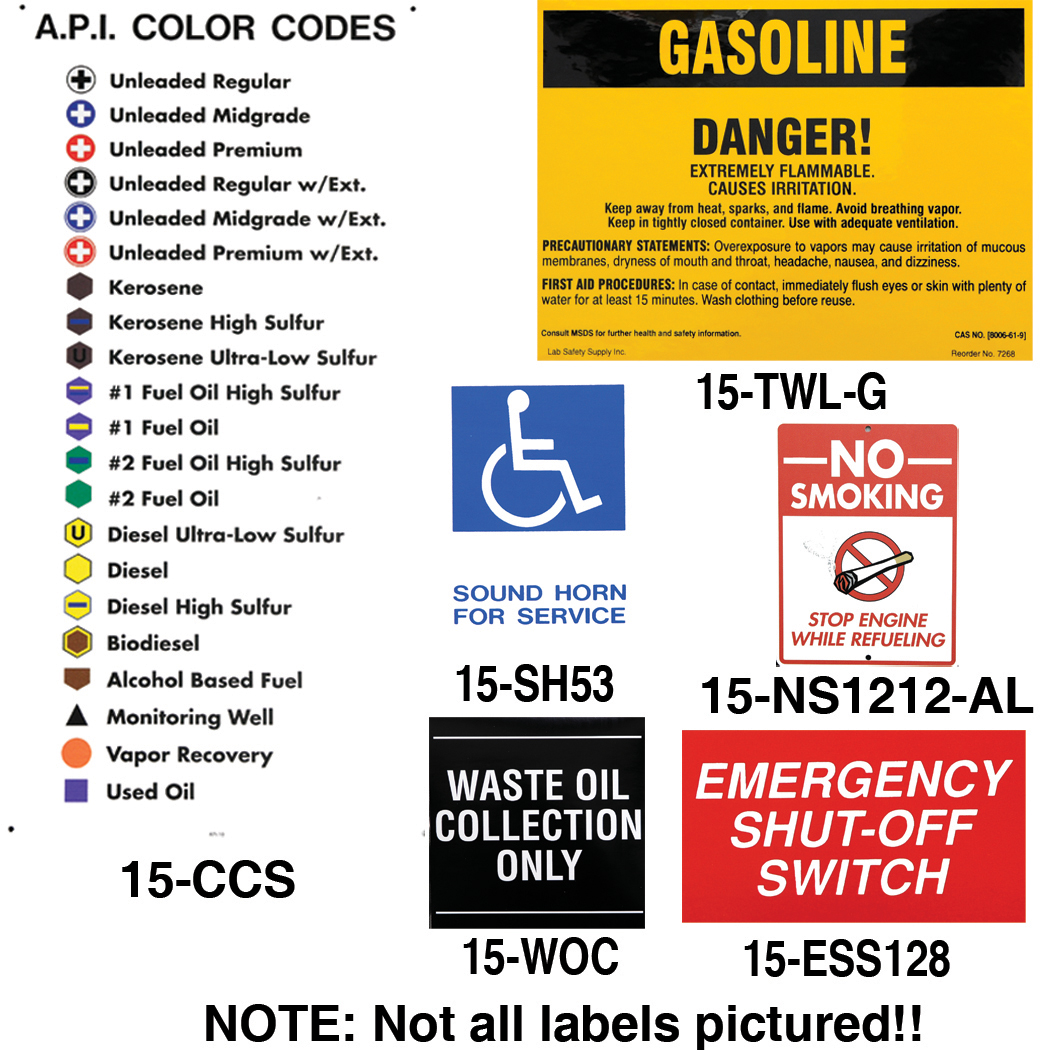When we think of fuels, the vibrant hues of various liquids often escape our mind, tucked behind the mechanics of combustion engines and the complexities of fuel standards. However, the color of diesel fuel is more telling than you might realize. This seemingly trivial aspect carries vast implications for quality, formulation, and even environmental considerations.
At first glance, diesel fuel appears as nothing more than a slightly tinted liquid—a pale, straw-like color that seems understated in comparison to its gasoline counterpart. Yet upon closer examination, it becomes increasingly apparent that this is a crossroads between technology and nature, where chemistry meets utility. So, what exactly is the color of diesel fuel? And what does that color signify? Let us unravel this layered subject.
Generally, standard diesel fuel presents a hue that ranges from a light amber to a deeper golden shade. This characteristic coloration arises from the refined hydrocarbons contained within and the presence of additives that optimize performance and reduce emissions. However, this is not a universal truth. Various forms of diesel exist, each with its own distinct coloration influenced by ingredient variations and production methods.
It is essential to distinguish between different diesel grades. For instance, ULSD (Ultra-Low Sulfur Diesel) has gained popularity due to its lower sulfur content and cleaner combustion properties. This fuel is often marketed with a lighter amber tint, a nod toward its refined purity. The brilliance of this color is more than aesthetic; it reflects a commitment to reducing environmental impact while ensuring that diesel engines run smoothly.
But let us not forget about the less refined options—such as biodiesel. Biodiesel, which can be derived from a variety of sources including vegetable oils and animal fats, exhibits a color spectrum that can range from pale yellow to brown, depending on the feedstock and the processing method. Some biodiesels might even impart a greenish tinge, creating a visual representation of their organic origins. This variability challenges traditional perceptions of diesel as purely a petroleum product and summons new conversations surrounding sustainability.
Moreover, we must consider the impact of re-refined or used diesel. With every cycle of use, impurities can accumulate, leading to altered coloration. If you observe a darker hue, it may be a flag for contamination—indicative of particles, water, or microbes that have infiltrated the diesel supply. These changes signal to storage operators and vehicle owners that maintenance and quality control are paramount; the color serves as a warning, a visible cue to remedy potential issues before they escalate.
This topic brings forth a fascinating interplay between color and chemistry. The pigments that inhabit diesel are not static; they interact dynamically with both environmental variables and storage conditions. Has anyone pondered the possibility of the color changing when exposed to sunlight? Indeed, prolonged exposure can lead to oxidation, causing the liquid to darken. While the aesthetic dimension deserves note, it is the functional implications that warrant deeper appreciation.
Color coding is also prevalent in the realm of colored diesel fuels used for agricultural or off-road purposes. Distinct colors—ranging from red for non-taxed fuel to green for specific formulations—serve as vital identifiers for taxation and regulation. These colors not only ease the logistical flow but facilitate compliance with local laws and regulations. Interestingly, these vibrant delineations elevate the importance of color to a pronounced role in diesel fuel marketing and distribution.
Occupying this multifaceted spectrum of diesel fuel colors is a global narrative that reflects regional differences. Countries around the world utilize variations of additives and refining processes, resulting in diverse appearances. For example, diesel in southern regions may appear warmer in hue due to the regional refining techniques employed, while northern locales might offer a different palette shaped by colder temperatures during production. These distinctions prompt a conversation about globalization in fuel standards and highlights the significance of local resources and practices.
Yet, why stop at mere observation? The question of diesel fuel’s color beckons curiosity to probe beyond its superficial qualities and examine its implications on engine performance, environmental impact, and economics. Diesel color is not a mere aesthetic choice; it mirrors a commitment to a cleaner, more efficient world. The nuances—between clean-burning fuels, biodiesel’s organic roots, and the environmental ramifications of darker hues—provoke a renewed interest in the science of fuels.
As we reflect on the significance of diesel fuel color, it becomes apparent that the labels, shades, and tints reveal a plethora of meanings tucked beneath the colorful surface. It would be a misleading oversight to regard diesel solely as a utilitarian liquid devoid of personality. It bears character, history, and an environmental narrative that challenges us to rethink our perspectives not only on diesel but on fuel in general.
In closing, the color of diesel fuel compels us to reexamine our relationship with energy sources. It illuminates the intricate balance between performance and environmental stewardship. This multifaceted palette of colors serves as an invitation to understand the complexities of fuel types, the environment, and the innovations that aspire toward sustainability while propelling us into an efficient future. So the next time you glimpse at a container of diesel, consider the story it tells—an unexpected narrative spun in vibrant hues.
